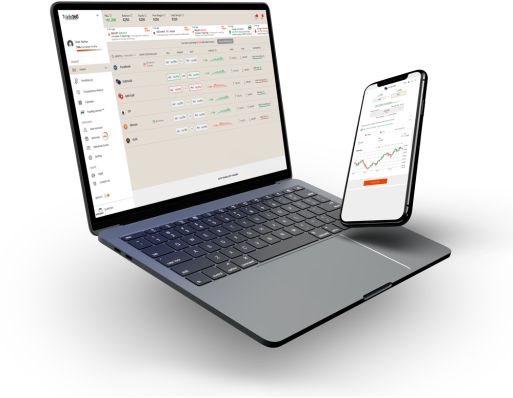
Different Types of Investment Strategies
The dictionary defines a strategy as a set of activities planned or formulated with the aim of achieving a pre-defined overall aim. It also defines ‘investment’ as the allocation of assets (usually money) in the expectation of gaining a benefit (usually profit) in return.
Hence, an investment strategy is a planned set of activities that involve setting money aside (step 1) in hopes of making a profit (penultimate step). In between the preamble and the postscript will be several intermediate steps, one of which entails the ‘where’, which will usually focus on an investment or trading account with a broker. The ‘how’ is a bit more complicated.
Here we come up against a whole slough of investment (usually long-term) and trading (usually short-term) strategies, in themselves a subset of actions at the end of each one, where we intend to show a profit.
All trading strategies include 3 principal essentials: WHEN to OPEN a trade, when to CLOSE it and how to MANAGE it – the latter usually referring to money management, i.e. how much to allocate. This is not only important in regards to maintaining a healthy life span for your account; it is also paramount to preventing a stopout: invest too much and leverage it too much, your used margin could grow exponentially without your being aware.

Short-term stock trading strategies
The following trading strategies apply primarily to day traders, since they are shorter in term.
Complex Strategies








